Display these cute sloth-themed story elements posters when learning about narrative texts.
Story Elements Posters – Sloth-Themed
Help your students to understand the different story elements using these sloth-themed posters for the classroom. The story elements covered include:
- Setting – When and where does the story take place?
- Characters – Who is in this story about? Who are the characters?
- Plot – What happened in the story? What were the sequence of events in the story?
- Theme – Why did the author write this story? Was there a lesson taught?
- Problems – What was the problem in the story?
- Solution – What was the solution in the story?
How to Make the Most of Your Story Elements Posters
- Print the poster on A3 paper and display it in your classroom for students to reference when doing independent work.
- Print the poster on A4 paper, slip it into a clear sleeve, and use it in your guided groups as a reminder.
- Print the poster on A4 paper, slide it into a clear sleeve, and hang it on a ring as a reference tool for a resource centre.
We’ve also come up with bonus ways to turn posters into interactive tools that really make your lessons stick!
🖍️ Turn this poster into a colouring page by printing it in black and white.
📝 Create a fill-in-the-blank worksheet by removing selections of text.
📂 Place copies in students’ homework folders for reference.
🧠 Test students’ memories by showing them the poster, then hiding it and having them tell you what they remember.
✅ Incorporate posters into your lesson wrap-up: students write on a sticky note what they learned from the lesson and place it on the poster.
Before You Download
This resource prints as a PDF. Please use the dropdown menu to choose between the full-colour, low-colour, or black-and-white version.
This resource was created by Lisamarie Del Valle, a Teach Starter collaborator.
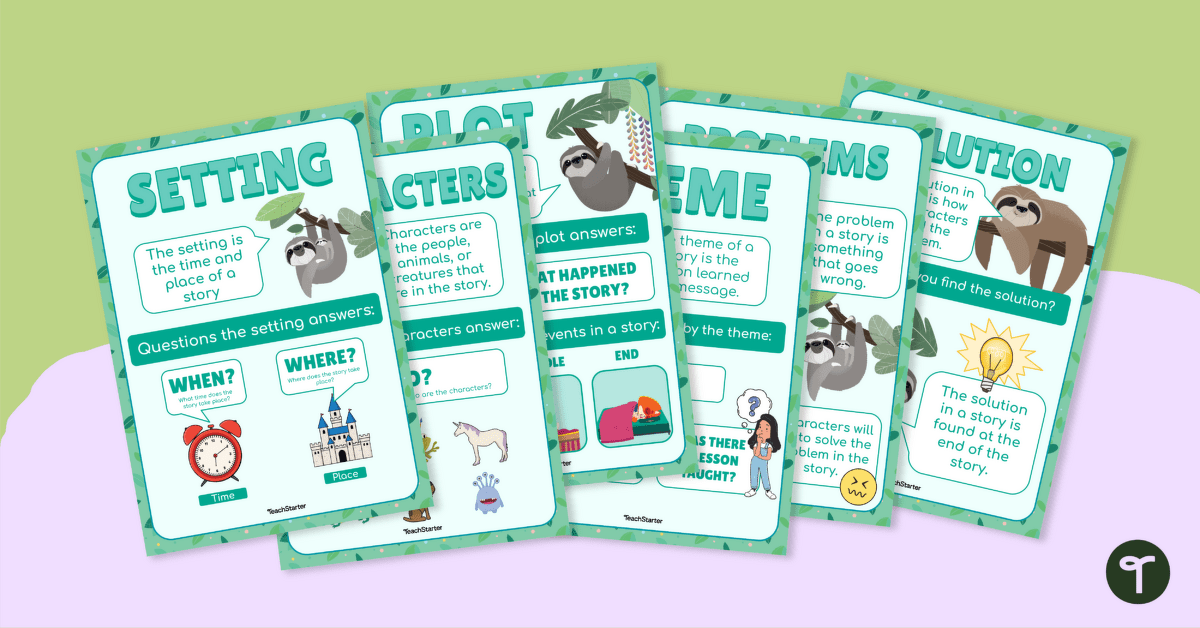

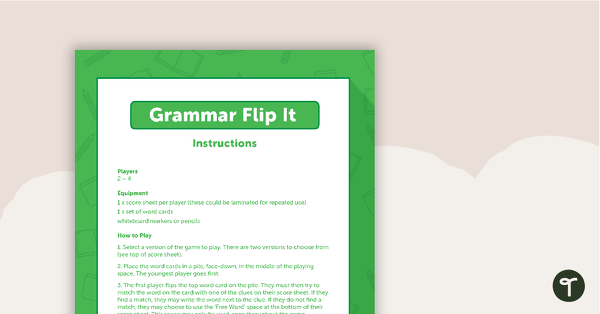
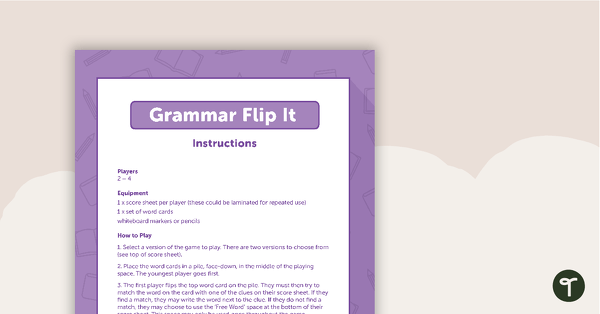


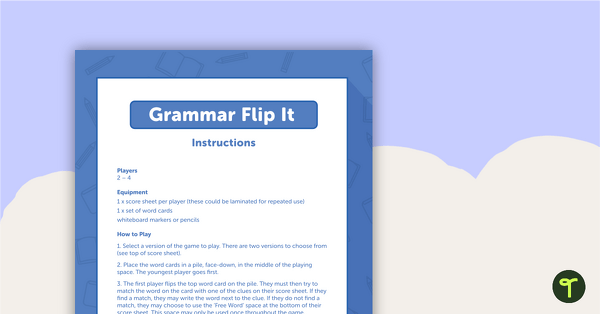


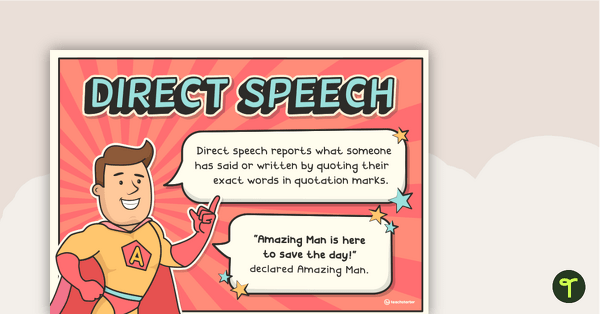
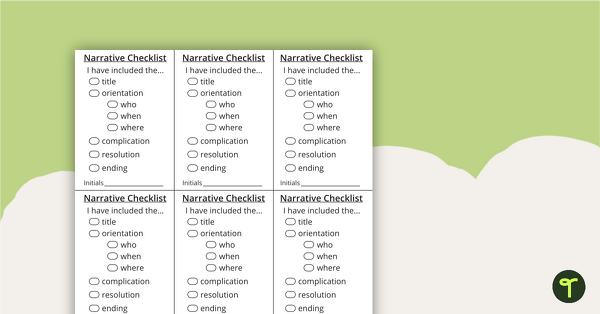
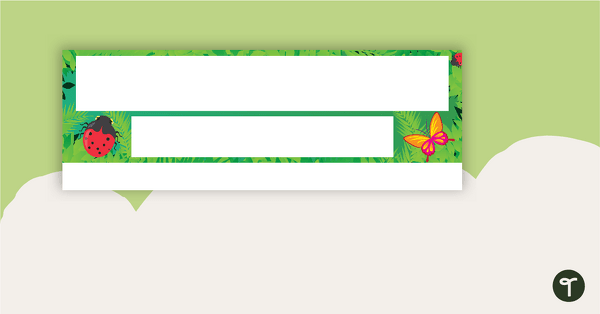
0 Comments
Write a review to help other teachers and parents like yourself. If you'd like to request a change to this resource, or report an error, select the corresponding tab above.